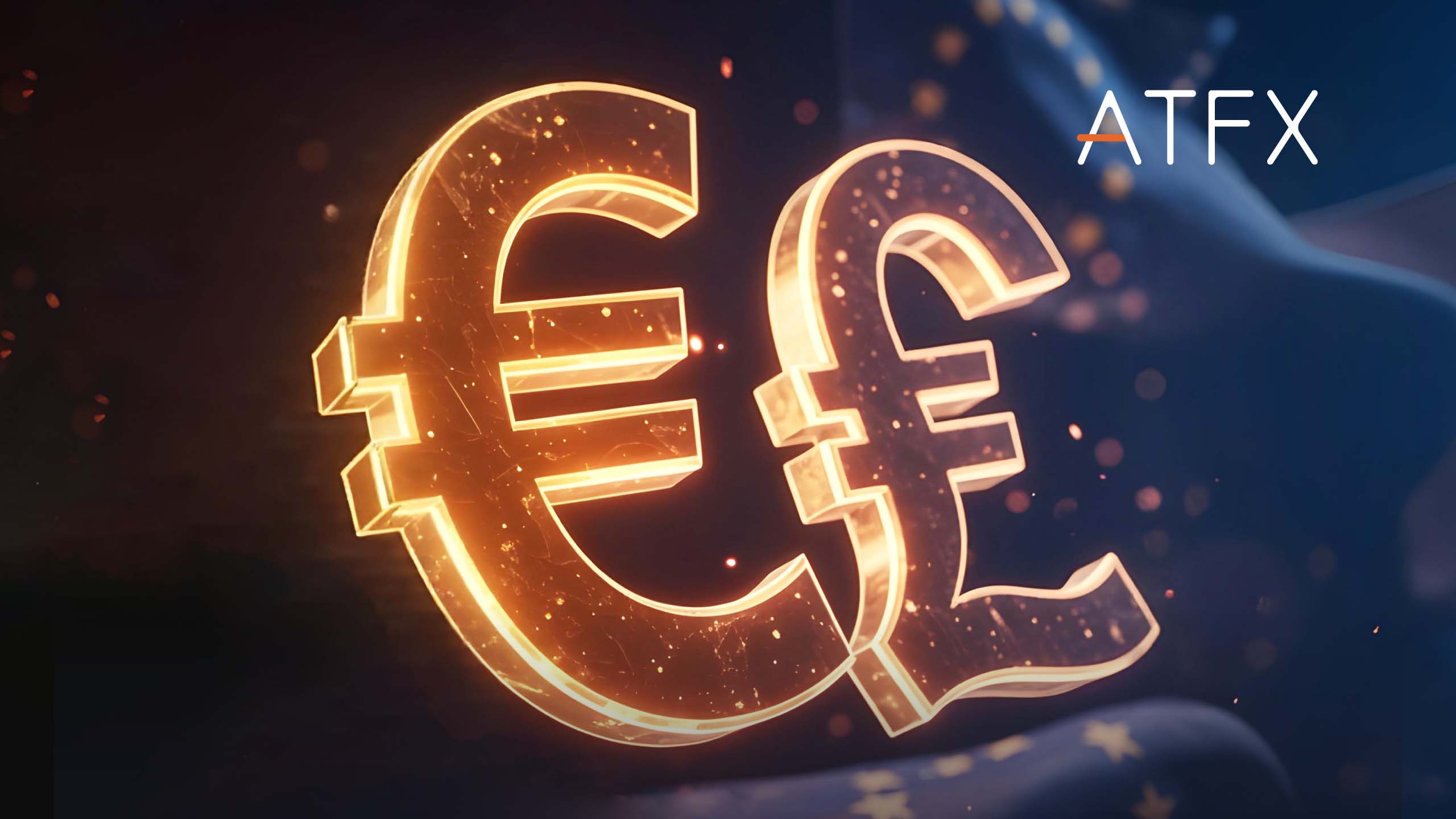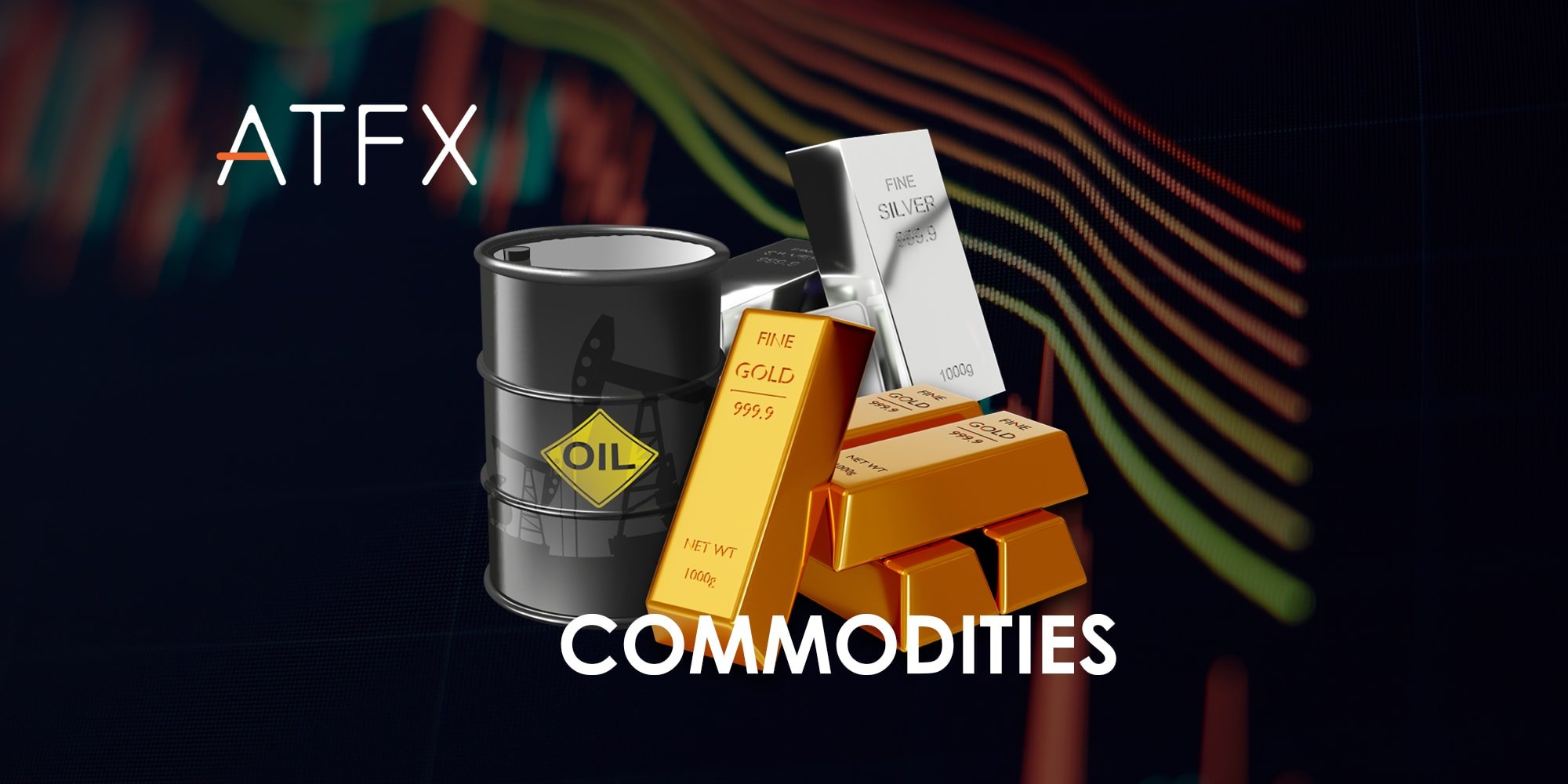IN JANUARY, the U.S. CPI came in at an annual rate of 7.3%, the highest level in over 40 years. The investment market believes that the pace and magnitude of the Fed’s rate hikes will be faster than expected. Many expect the Fed to raise interest rates at their meeting in March, with analysts suggesting that the Fed may raise rates by 0.5% instead of the usual 0.25% figure to contain inflation. The Fed may also announce an acceleration in reducing its bond-purchase plan while beginning to shrink its balance sheet. The dollar has reversed the previous week’s weak performance and is back above the 96 level.
A high PPI will support the dollar
While the problem of high inflation in the United States continues, investors will pay attention to the PPI data from the United States in January tomorrow. Many will be interested in whether the ex-factory price will impact the high inflation in future. The market estimates that the US January PPl will rise 0.4% compared to the previous value of 0.2%, while the annual rate is expected to fall to 8.9% from the 9.7% recorded previously. Suppose the PPI data comes in at a high figure. In that case, there is a chance that it will trigger the Fed’s determination to speed up the tightening of monetary policy and may significantly increase the rate and pace of the interest rate hikes. Under this scenario, funds in emerging markets will have the opportunity to accelerate the flow of funds to the US dollar, providing vital support and upside for the US dollar.
Another critical factor affecting the Us dollar’s trend in the short term is believed to be the rapidly evolving situation in Ukraine and Russia. U.S. intelligence before the weekend said Russian troops had increased their strength on the Ukrainian border from a week earlier. The US expected the military operation to escalate into Ukraine on Wednesday. According to the military intelligence, the U.S. military has dispatched troops to support the Ukrainian frontline. Poland and the neighbouring country of Uzbekistan have also sent more troops to guard against the use of force by the U.S., Ukrainian and Russian armies. As a result, geopolitical tensions have escalated, and some funds flowed to the U.S. dollar as a safe-haven asset, supporting the U.S. dollar’s rise.
ECB has no intention of raising interest rates to fight inflation
The Euro may be affected by the tense geopolitical situation in Europe. In addition, the European Central Bank has clarified that despite the problem of high inflation in the Eurozone, it has no intention of cancelling the asset purchase program (APP) and raising interest rates. These explicit remarks affected the Euro’s strength from the previous week. After hitting a high of 1.1490 against the dollar, the EUR/USD later pulled back to the 1.13 level.
Many expect the geopolitical tensions to continue this week. Once the war escalates and an attack is launched, funds will quickly flow into the US dollar for its safe-haven status, and European currencies will be under pressure. As a result, the EUR/USD has a chance to hit the 1.12 or 1.11 level. Technically, the 1.1269 and 1.1225 levels are the first support ranges, and the next step will be at 1.1185 or 1.1138.


